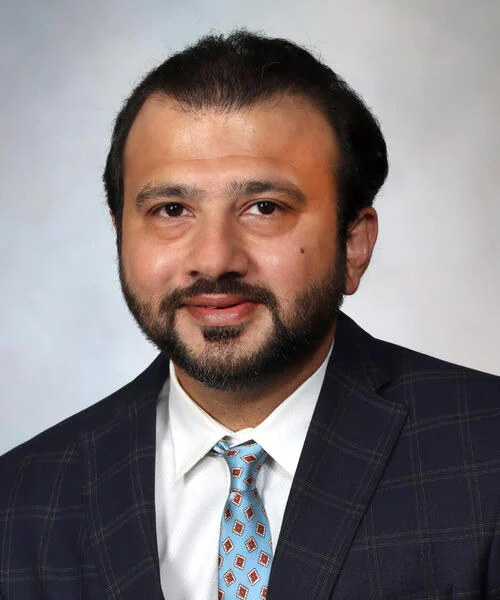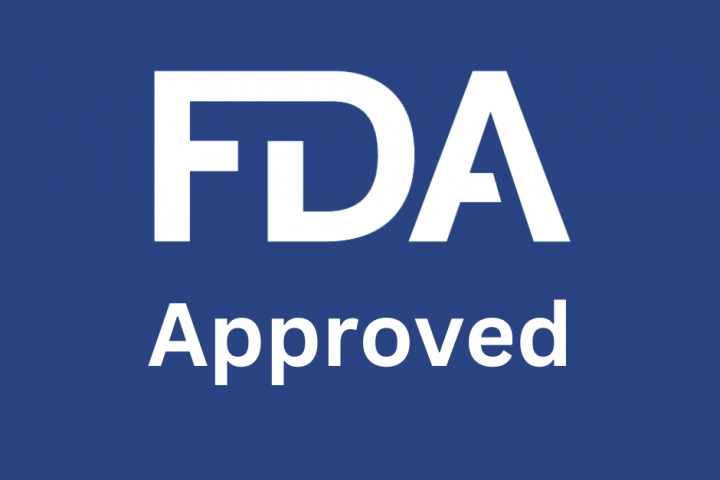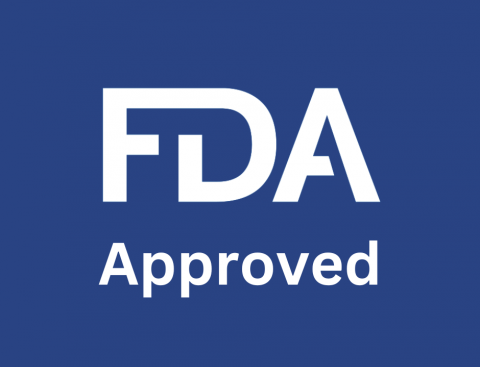Dr. Talha Badar of Mayo Clinic discusses the results of Quantum First, a randomized, phase III trial evaluating the efficacy of Quizartinib in treating Acute Myeloid Leukemia (AML) with FLT3-ITD mutation.
Transcription:
“Hello everyone, I’m Talha Badar, hematologist oncologist at Mayo Clinic Florida. I’ll be talking about Quantum First, a randomized double-blind phase 3 trial evaluating the efficacy of Quizartinib in combination with three plus seven chemotherapy in AML patients with FLT3-ITD mutation.
A total of around 3,500 patients were screened between September 2016 and August 2019, and among them, 539 were eligible to be randomized in Quizartinib as well as the placebo arm. In the intervention arm, patients received Quizartinib from day eight for 14 days of induction, the 40 milligram daily, and similarly in consolidation phases. As in the maintenance phase, the drug was allowed to be taken for three years from the time of administration of maintenance therapy. Patients who were on strong sip-3A4 inhibitors, like antifungals, azoles, the dose was reduced by 50 percent. These are some of the baseline characteristics, the median age was 56 years, ranging from 20 to 75 years. Patients who progress post HMA or had a therapeutic AML, were excluded from this trial. Around seven to ten percent of patients in the quizartinib and placebo arm had unfavorable risk disease. The primary endpoint was overall survival. The median overall survival was around 31.9 months in the quizartinib arm, compared to 15.1 months in the placebo arm. In subgroup analysis, overall survival was longer among patients who were less than sixty years of age, compared to those of more than sixty years of age with favorable hazard ratio. The secondary outcome of this trial was event-free survival, which is defined by US FDA AML guidelines as not having achieved complete remission by day 42 of induction. This endpoint was not met, with hazard ratio of 0.92 and P value of 0.24. However, in subgroup analysis, looking for composite CR at the end of day 56 favored quizartinib compared to placebo. Duration of response was longer with quizartinib arm than with placebo, as you can see, 38.61 versus 12.4 months. As for the adverse events concern, the grade three, grade four adverse events seen in more than 10 percent of patients were febrile neutropenia, hypokalemia, and pneumonia in both groups (neutropenia was more commonly seen in the quizartinib arm). In terms of QTc prolongation, the QTc prolongations were manageable in most cases and were more common in the intervention arm. Median time to ANC recovery was around 36 days, compared to 29 days with the placebo arm. A median time for thrombocytopenia recovery was around 31 days compared to 29 days in the placebo arm.
So, in conclusion, this randomized, controlled trial showed improved overall survival outcome with addition of quizartinib to three plus seven chemotherapy among patients with FLT-3 mutated AML. The impact of all0-HCT transplant in improving overall survival has not been reported in this clinical study, it will be reported separately. The event-free survival, as per US FDA AML guidance, was not significant, most likely due to the myelosuppressive effect of the quizartinib. Quizartibinib has shown to improve molecular MRD, that is something we should incorporate in this clinical trial, which is unique to this trial, however the effect of molecular MRD on the outcome has not been reported and probably will be reported on our upcoming publication.
So, impact on clinical practice, I think the addition of another port in FLT3 inhibitor in our treatment is welcomed , we are all excited to have anotherFLT3 inhibitor to be used for patients with FLT3 ITD mutated AML. A few things I would like to mention compared to the RATIFY trial, patients were older in this trial; the upper limit in the RATIFY trial was around 59 years, compared to this, in which patients up to 75 years of age were included. And having patients of every age group tends to have more adverse risk disease phenotype, however, in the subset analysis, they’ve seen that patients younger than sixty years of age had a more beneficial impact compared to those who were more than sixty years of age. The trial does not include FLT3 TKD AML since this is more selective in FLT3 inhibitor, targeting only FLT3 ITD, which is different than the previous trial. With this, I would like to thank you for listening to this brief presentation. I hope you like it, thank you.”





